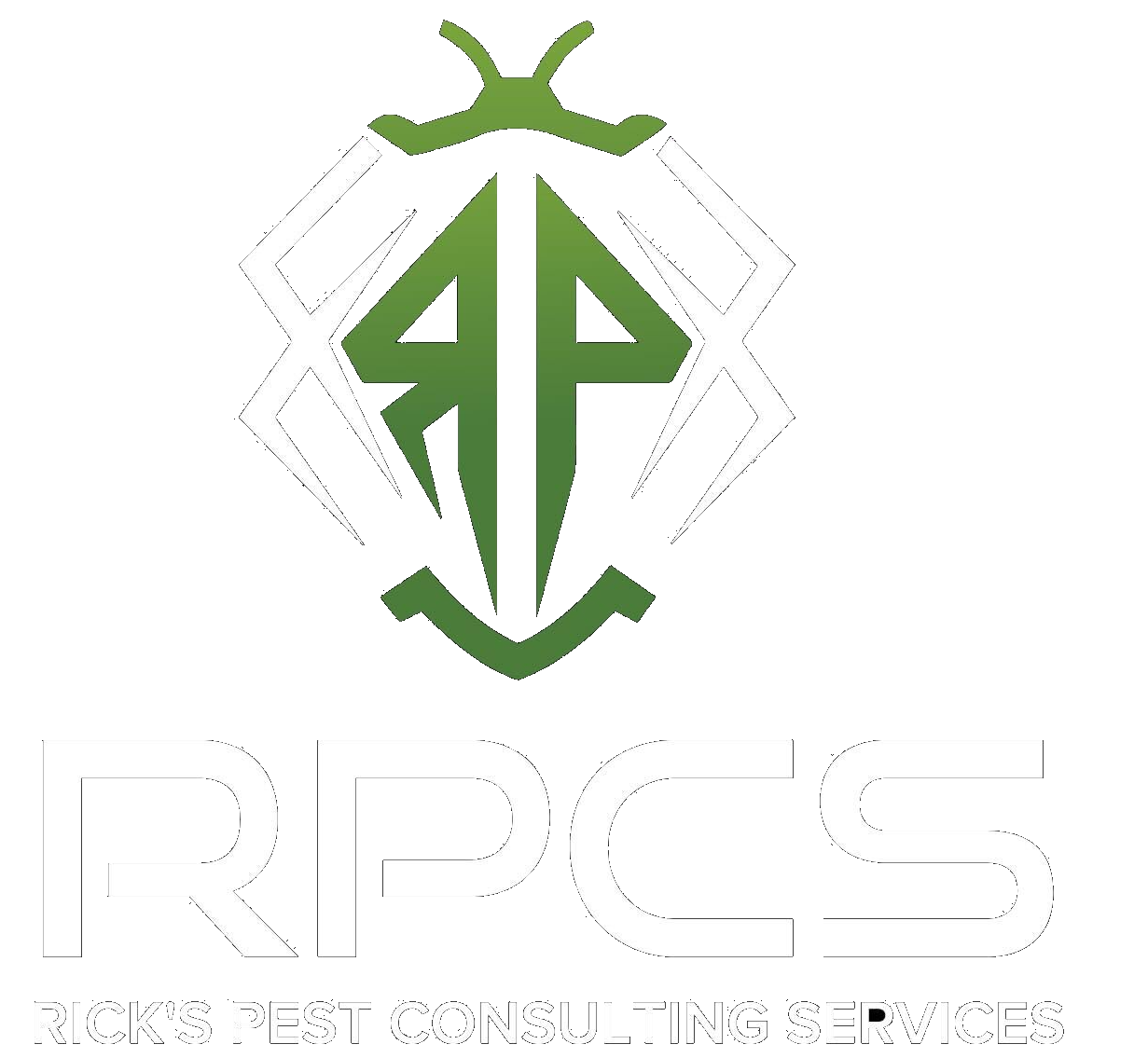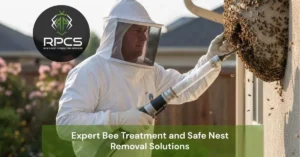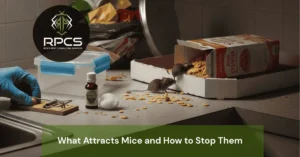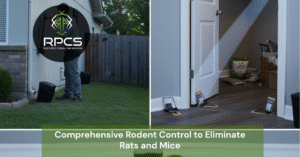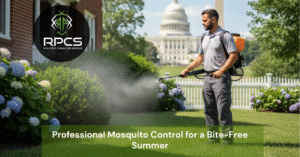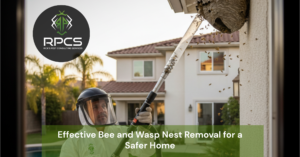When bees or wasps decide to make your property their home, it can quickly turn from a minor nuisance into a serious safety concern. These stinging insects often build nests in roof eaves, attics, sheds, and even wall voids, creating hazards for homeowners, children, and pets. While bees play a crucial role in pollination, wasps are more aggressive and can attack when disturbed. That’s why professional bee and wasp nest removal is essential for maintaining a safe and comfortable living environment.
This guide explores why professional removal is the safest choice, how experts handle infestations, and what steps you can take to prevent future nests from forming around your home.
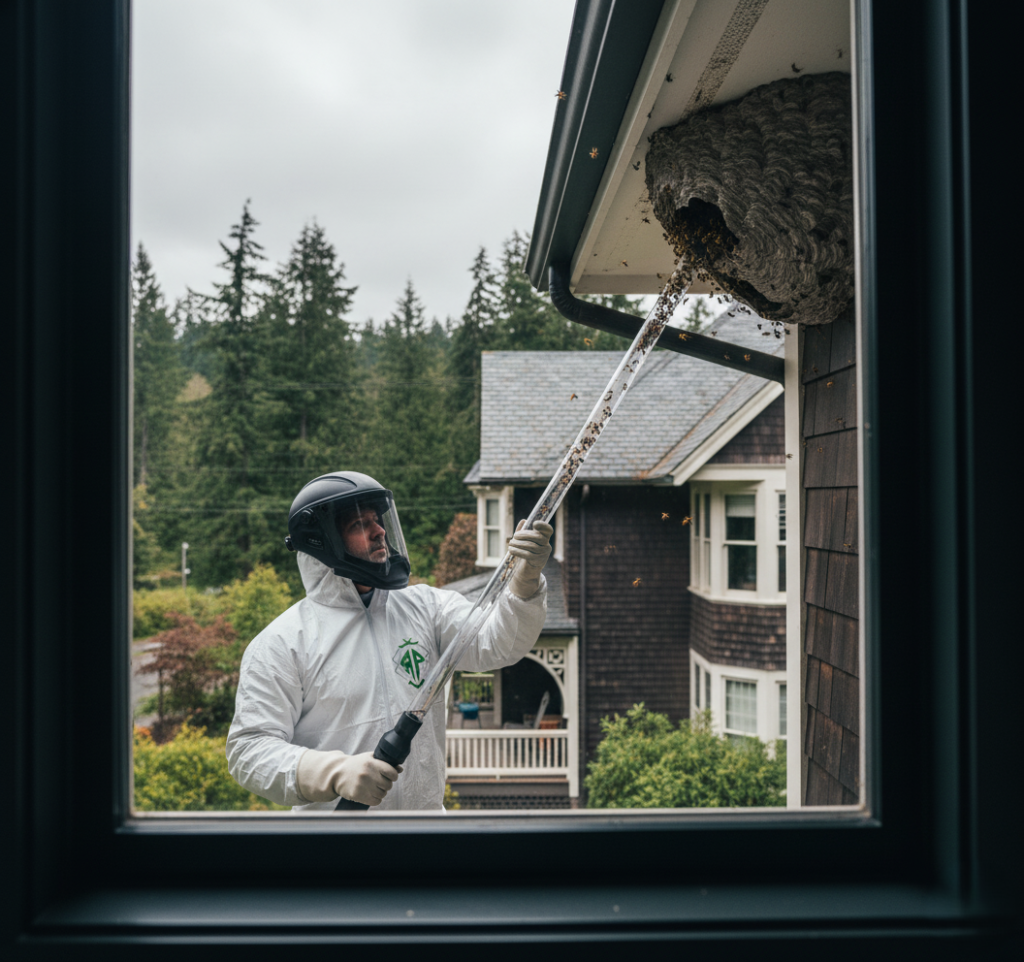
Understanding the Difference Between Bees and Wasps
Before removal, it’s important to identify which type of stinging insect you’re dealing with:
- Bees (like honeybees and bumblebees) are beneficial pollinators and usually non-aggressive unless provoked. They build wax-based hives in sheltered areas.
- Wasps (such as yellowjackets or hornets) are territorial and more likely to sting multiple times. Their nests are made of paper-like material from chewed wood fibers.
Because both species have different behaviors and nesting patterns, professional identification is key to applying the right removal technique and ensuring that bees are relocated rather than harmed whenever possible.
Why DIY Bee or Wasp Removal Is Risky
Many homeowners attempt to handle nest removal themselves using sprays or smoke, but this can be extremely dangerous. Here’s why DIY is not recommended:
- Aggressive Defense Behavior – Disturbing a nest can trigger hundreds of bees or wasps to swarm and attack.
- Hidden Nest Locations – Nests inside walls, attics, or under decks are hard to reach safely without the right tools.
- Allergic Reactions – Stings can cause severe allergic reactions, even in people with no prior history.
- Ineffective Elimination – Store-bought sprays may only kill surface insects, leaving the queen and larvae untouched.
A single mistake can lead to multiple stings and costly property damage. Hiring trained pest control professionals ensures a safer, more permanent solution.
The Professional Bee and Wasp Nest Removal Process
Professional pest control companies follow a detailed, safety-driven process to eliminate stinging insects and prevent re-infestation. Here’s what you can expect when you schedule a bee or wasp nest removal service:
1. Inspection and Identification
Experts inspect your property to locate the nest, identify the species, and determine the level of infestation. This helps decide whether the insects should be removed, relocated, or exterminated.
2. Safe Treatment and Removal
Professionals use eco-friendly treatments that are effective against wasps but safe for your family and pets. For bees, licensed specialists often relocate the colony to a suitable environment where they can continue pollinating.
3. Nest and Residue Cleanup
Once the insects are removed, the nest is carefully dismantled. This prevents lingering pheromones that could attract new colonies.
4. Preventive Measures
After removal, the team will seal potential entry points, such as cracks, vents, and gaps, and recommend preventive treatments to keep your home bee- and wasp-free.
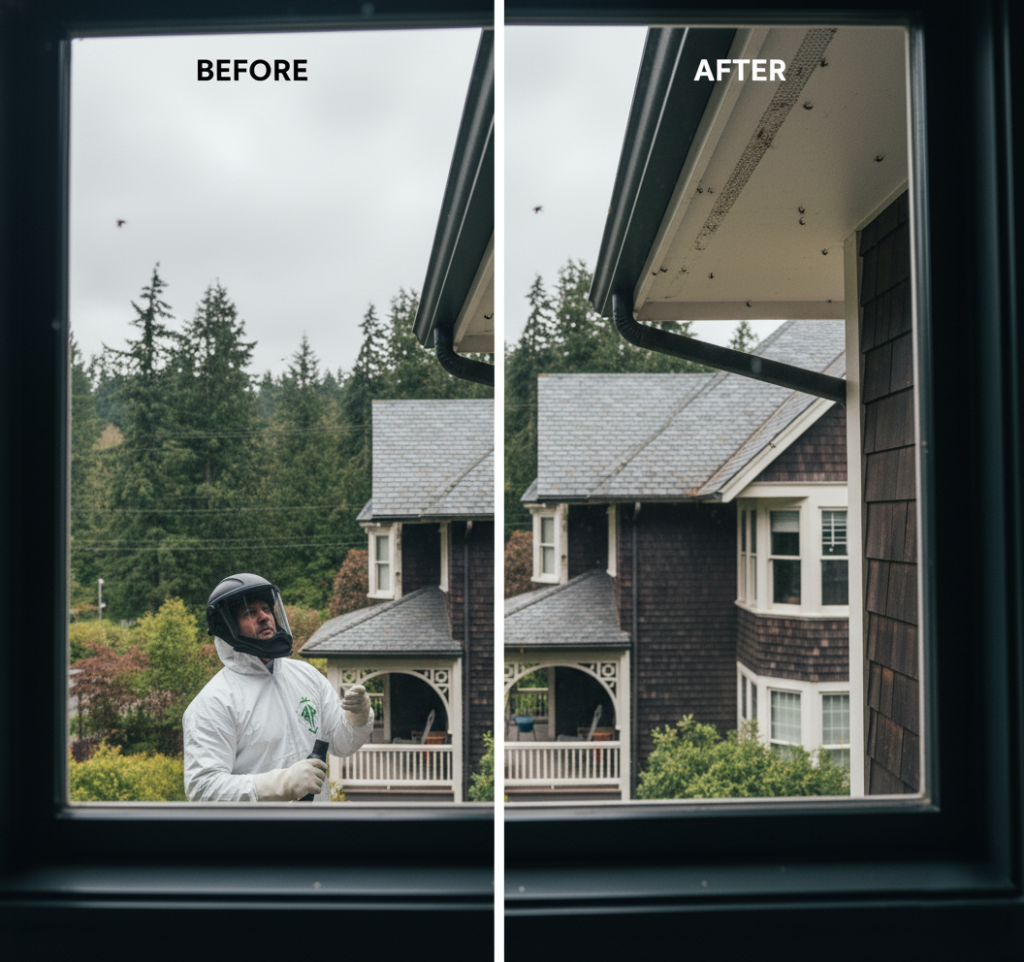
Common Nesting Spots Around Homes
Bees and wasps can nest in a variety of hidden and hard-to-reach areas, including:
- Roof eaves and soffits
- Wall cavities and attic spaces
- Sheds, garages, and storage units
- Under decks, porches, and outdoor stairs
- Hollow trees and garden shrubs
If you notice increased bee or wasp activity near these areas, it’s best to schedule an inspection immediately rather than waiting for the nest to grow.
How to Spot Early Signs of a Nest
Catching the problem early can prevent a full infestation. Watch for these signs around your property:
- Frequent flying insects entering and exiting a single spot
- Buzzing sounds inside walls or ceilings
- Visible paper-like or waxy nest structures
- Clusters of wasps near trash cans or sweet food sources
- Bees swarming near chimneys, vents, or trees
Professional technicians can confirm the presence and size of the nest without disturbing the insects.
Eco-Friendly and Humane Bee Removal
Since bees are vital to the ecosystem, humane relocation is always prioritized over extermination. Bee removal specialists use vacuum systems and transfer boxes to carefully relocate colonies to managed hives or local beekeepers.
This approach protects both your property and the environment, allowing bees to continue their pollination work in a safer, more sustainable location.
Preventing Future Infestations
Once your nest has been safely removed, prevention is key to keeping stinging insects from returning. Here are some effective long-term strategies:
- Seal Entry Points: Close cracks in siding, soffits, and around window frames.
- Maintain Outdoor Spaces: Regularly trim trees, shrubs, and clean gutters.
- Cover Food and Waste: Wasps are drawn to sweet scents and exposed garbage.
- Install Screens: Use fine mesh on vents, chimneys, and attic openings.
- Schedule Regular Inspections: Routine pest control visits can catch early signs before they become infestations.
The Importance of Working with Local Professionals
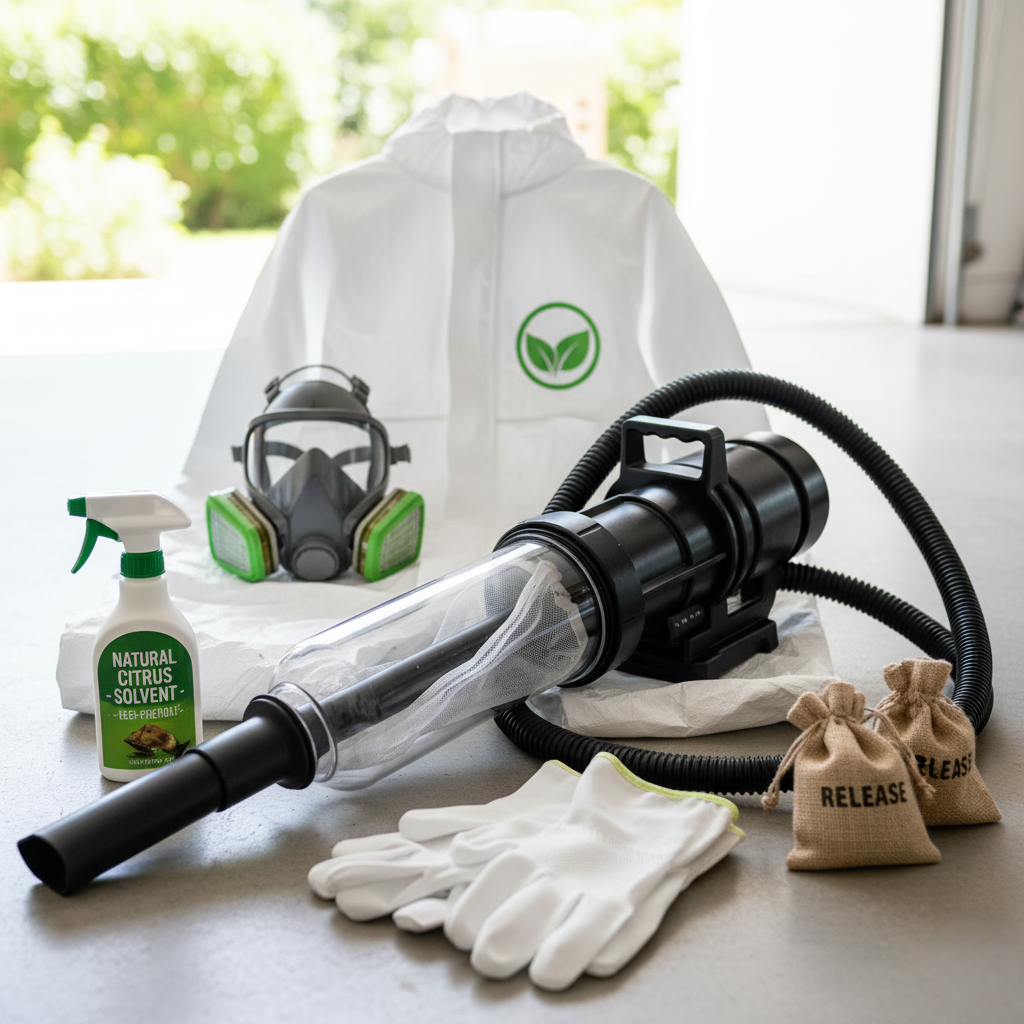
Homeowners benefit from hiring licensed and insured pest control experts who understand local bee and wasp species, climate factors, and nesting behaviors. Local technicians also know how to comply with regional wildlife protection laws and safe relocation standards.
By trusting local professionals, you ensure a fast, safe, and environmentally responsible solution for your home.
Call to Action
Don’t wait until a small nest becomes a serious hazard. Protect your family and property with expert bee and wasp nest removal services today. Our trained technicians provide safe, eco-friendly, and long-lasting solutions that give you peace of mind. Contact us now to schedule your inspection and make your home sting-free for good!
